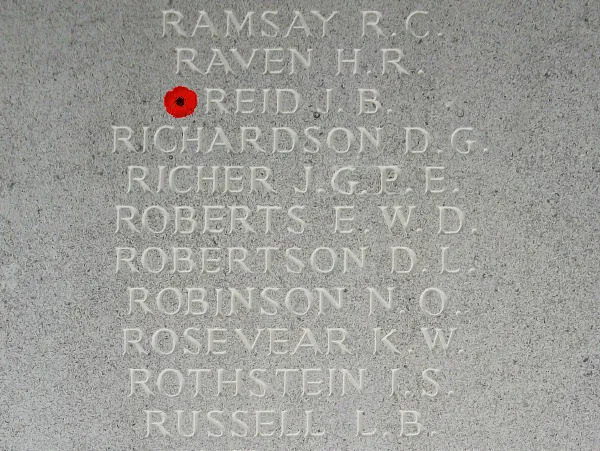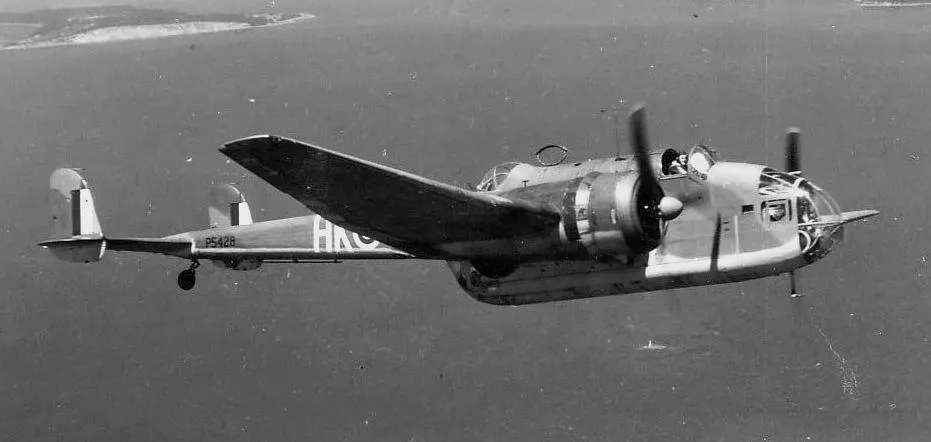FS JB Reid (RCAF) and Sergeant E Vevers (RAFVR) were missing, presumed killed in this flying accident. FS Reid and Sergeant Vevers have no known grave and are commemorated on the Runnymede War Memorial
Sergeant RS Cordingley (RAFVR) was killed in this flying accident. Sergeant Cordingley's body was recovered and is buried in the Leed (Holbeck) Cemetery, England
 21.05.1943 No.1 Torpedo Training Unit Wellington LB237 Flt Sgt. ...
21.05.1943 No.1 Torpedo Training Unit Wellington LB237 Flt Sgt. ...


 DiIke, Saskatchewan
DiIke, Saskatchewan Canadian Virtual War Memorial
Canadian Virtual War Memorial


 Handley Page Hampden in Flight
Handley Page Hampden in Flight Wikipedia Hampden Bomber
Wikipedia Hampden Bomber Hampden - Kestrel Publications
Hampden - Kestrel Publications